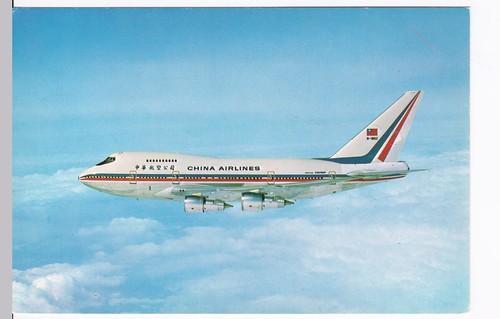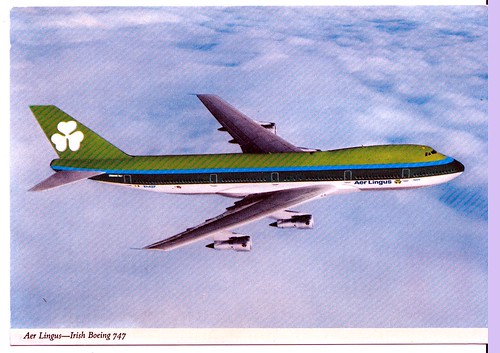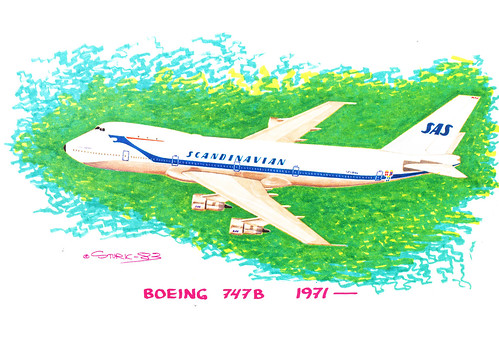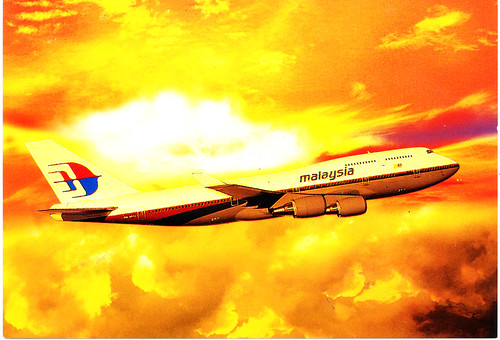The development of the Boeing 747 was a monumental undertaking. Boeing faced numerous technical and engineering challenges, particularly in designing the aircraft's distinctive hump, which housed the cockpit and upper passenger deck. The company also had to develop new engines capable of powering such a large aircraft efficiently.
On February 9, 1969, the Boeing 747 made its maiden flight, marking a significant milestone in aviation history. The aircraft's sheer size and distinctive design captured the world's imagination. The first commercial flight of the Boeing 747 took place on January 22, 1970, operated by Pan American World Airways (Pan Am) on its route from New York to London.
The introduction of the Boeing 747 revolutionized air travel. It dramatically increased the capacity of airlines to transport passengers and cargo across long distances, leading to a surge in international travel. The 747 also played a crucial role in shaping the global airline industry, enabling airlines to operate more efficiently and profitably on high-demand routes.
Over the years, Boeing continued to improve and refine the 747, introducing several variants with enhanced performance, increased range, and updated technology. These variants included the 747-200, 747-300, 747-400, and the latest model, the 747-8, which features advanced fuel-efficient engines and modern avionics.
The Boeing 747 has left an indelible mark on aviation history and culture. It has served as the flagship aircraft for numerous airlines around the world and has been a symbol of prestige and luxury in air travel. Although newer, more fuel-efficient aircraft have since entered service, the Boeing 747 remains an enduring icon and a testament to the ingenuity and innovation of the aviation industry.
Below is a selection of Boeing 747 postcards from my own collection.









No comments:
Post a Comment